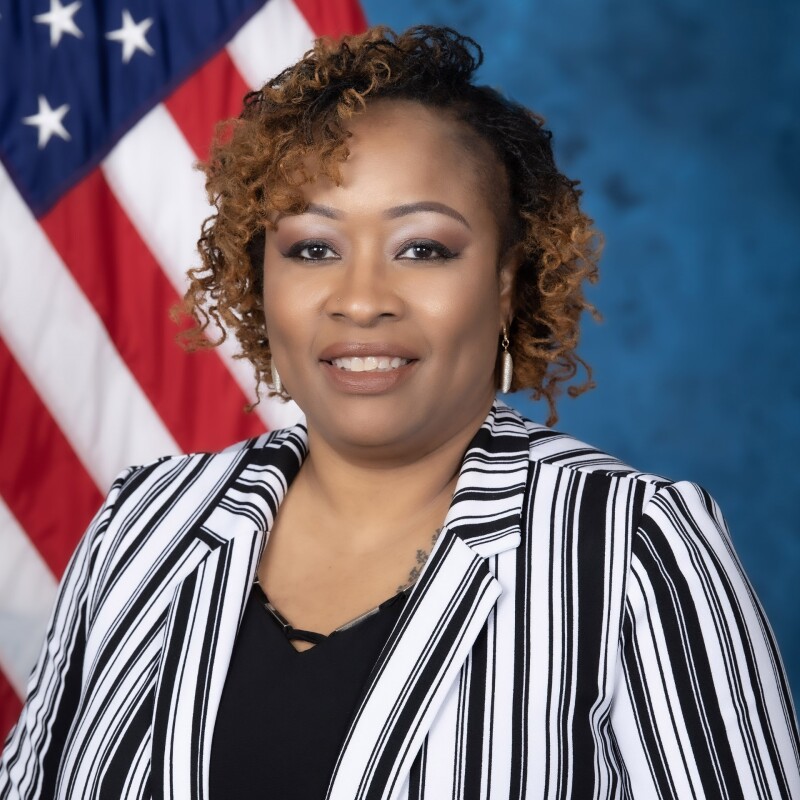Happy Admin Month! Take a look at what’s in store ›
Beyond the Org Chart: How Procedures Elevate Leadership in Administrative Professionals
January 20, 2025

In the evolving 21st-century workplace, the role of administrative professionals (APs) has undergone significant transformation. Gone are the days when responsibilities were confined to maintaining org charts and existing processes. Today, the mark of a truly exceptional admin lies in the ability to recommend, initiate, and refine the systems and procedures that keep organizations running smoothly.
ASAP's 2024 State of the Profession Report found that non-managing APs tend to be involved only in the upkeep of existing systems, with their managing counterparts playing a more substantial role in enhancing and developing new processes. This distinction underscores a critical opportunity for APs aspiring to climb the career ladder – to step into leadership roles, they must go beyond mere maintenance and become architects of improvement and efficiency.
The Leadership Manual: Crafting Procedures as a Path to Recognition
The unparalleled value of taking the initiative to develop and refine organizational procedures cannot be overstated. Creating a procedures manual can establish an admin as an indispensable leader. Rarely do companies have a comprehensive procedures manual in place, but many have seen the transformative impact of implementing such a resource. Developing these manuals not only earns recognition as an administrative leader but also positions the admin as a go-to resource for new team members and executives within the organization.
A standout example from a community member illustrates the profound impact of such initiatives. Anticipating a medical leave, Lá Shawn Sandifer crafted an administrative procedures binder to ensure continuity in her absence. This tool empowered her temporary replacement and showcased her foresight and dedication to her team’s success. The overwhelmingly positive response led to further opportunities to share her knowledge and standardize practices across the organization.
“I was preparing to go on medical leave and would be gone for at least eight weeks. At the time, I was supporting two busy senior officers and knew that anyone coming in to cover for me would be totally overwhelmed. So, to prevent that from happening, I started developing my administrative procedures binder. The person covering in my absence would have to hit the ground running, and this guide would serve as the tool to help them do it.
Before leaving, I was able to spend a few days going over the binder with my temp. She was very appreciative to have such a detailed point of reference to help her quickly get up to speed. As a result, she felt more confident about covering for me. While out on leave, I would check on her periodically, and she would always comment on how helpful the binder had been to her.
From a professional development perspective, my managers were blown away by my administrative procedures binder. A few initiatives were developed out of the creation of this guide.
I was asked to share my binder with the legal secretaries in my division in our Chicago and Washington, D.C., offices, and train them in how to create their own desk reference guide.
At the completion of the first initiative, I will present the guide to other administrative staff in my association to get them on board.
After I complete that initiative, I will revise my current guide to fit a general association standard for presentation to my HR division to possibly implement into a company standard for administrative personnel.
These initiatives are essentially goals for my professional development plan, and each goal will be weighed and rated. Needless to say, this entire process has become very near and dear to me. A few of my direct manager’s comments on my administrative procedures binder were:
‘A very impressive piece of work!’
‘I do not know of any document like it in the association. I’m going to suggest that each secretary in the legal and governance division prepare a similar desk reference manual for their positions.’
‘The binder, which could potentially be used by all employees with secretarial functions throughout the association, demonstrated not only that she has a thorough understanding of her job duties, responsibilities, and performance expectations, but also that she is willing to share her knowledge with others for the benefit of the association.’
I am very pleased with the results and the many compliments I have received. It’s a very rewarding feeling. I am excited to share with my colleagues this product and how it can make a difference for them in their professional development as it has done for me.”
– Lá Shawn Sandifer, executive assistant, insurance industry, Chicago
These experiences are not just personal victories but also stepping stones in professional development. By creating tangible proof of expertise and showing a willingness to contribute to the organization’s greater good, admins can position themselves as leaders among their peers and gain the attention of upper management.
Demonstrating Leadership Through Initiative
The actions described above are not mere administrative tasks; they are demonstrations of leadership. By identifying needs and addressing them proactively, admins exhibit qualities essential for leadership roles, including:
Initiative: Seeing what needs to be done and doing it without being asked is the hallmark of a leader. Creating or refining procedures shows foresight and a proactive mindset.
Communication Skills: Recommending improvements and sharing knowledge requires clear and effective communication, ensuring that valuable insights are accessible and actionable.
Analytical Thinking: Developing and analyzing office systems demands a keen understanding of the organization’s workings and the ability to envision more efficient and effective methods.
Stepping into Leadership
For admins who want to advance their careers, the message is clear: systems and procedures set individuals apart and demonstrate the ability to lead. This, in turn, makes an admin indispensable to the organization. Whether through developing a comprehensive procedures manual or by recommending systemic improvements, these actions set the stage for professional growth and recognition.
Leadership isn’t just about a title. It’s about the action and impact each admin brings to the organization. By taking concrete steps to become more efficient, innovative, and resilient through systems and procedures development, admins contribute directly to their organization’s success and enhance their own careers and professional reputations. This makes each admin a leader in their own right.
Join the Conversation
Welcome to the ASAP Circle, a community platform for peer-to-peer conversation on trending topics, professional challenges, and shared experiences. We even have designated spaces for weekly Tuesday Coffee Breaks.




.jpg.medium-square.800x800.jpg)




